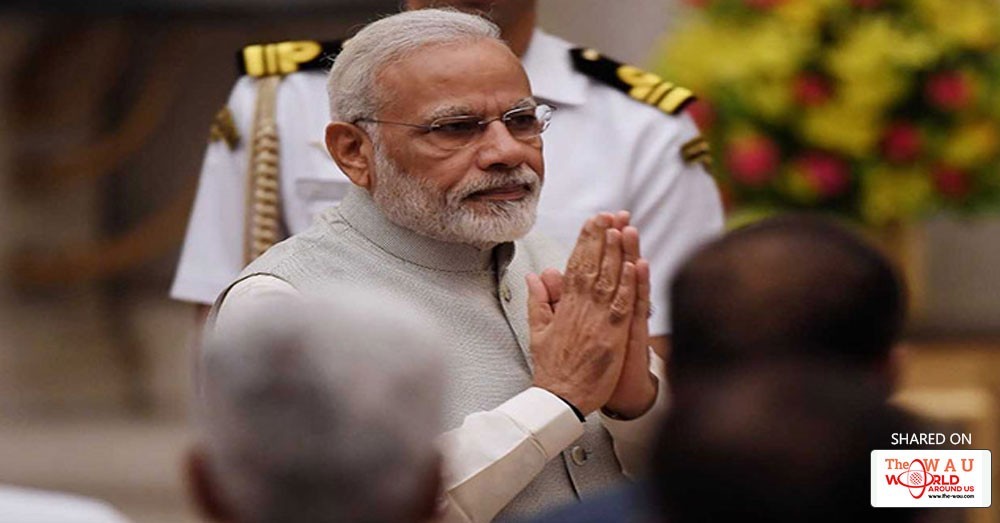With job creation seen as his government's biggest failing, Prime Minister Narendra Modi replaced both ministers in charge of employment. Their successors face an uphill task.
India will have the world's biggest labor force by 2027 and the millennial generation is crucial to anchor one of the fastest paces of economic growth. However fresh employment opportunities are scarce and the administration has lagged in training workers to help them survive the threat of automation.
Questions are increasing about PM Modi's ability to fulfill his 10-million-jobs-a-year campaign pledge with less than two years to go before he faces re-election. Few were surprised when he overhauled his cabinet on Sunday, replacing Skill Development Minister Rajiv Pratap Rudy with Oil Minister Dharmendra Pradhan and Labor Minister Bandaru Dattatreya with Junior Finance Minister Santosh Kumar Gangwar. Mr Pradhan has successfully implemented Modi's pet projects, including offering clean cooking gas to the poor.
"There's been a complete failure when it comes to jobs creation and skilling," said Nilanjan Mukhopadhyay, a political analyst and author of a biography on Mr Modi. "The reshuffle is a clear indicator that Mr. Modi is aware of the political risks this can create in 2019."
To be sure, there's demand for the skilled. India's government estimates the country will need an extra 110 million workers across 24 sectors of the economy by 2022, compared with the 105 million who will enter the workforce.
What's missing though is that only 5 percent of the current workforce possesses the required skills and it's a race against the clock to train them all. Lack of funding and shortage of qualified trainers are among the reasons cited for the lag.
Share This Post















